What are Diodes
Diodes are a fundamental component in electronics, acting as the electronic version of a one-way valve. They are commonly used to direct current flow in only one direction, an essential function in a wide range of electronic circuits. Diodes are suitable for various applications, including power conversion, signal demodulation, and as protective devices in circuits. The principle by which diodes operate is known as the p-n junction. This junction is created by doping two adjacent regions of semiconductor material with different impurities, resulting in a region with an excess of positive charge (p-type) and another with an excess of negative charge (n-type).
When a diode is forward-biased (positive voltage on the p-type side), current flows easily across the junction, allowing electricity to pass through. Conversely, when reverse-biased (positive voltage on the n-type side), the diode blocks current flow, except for a tiny leakage current. This unique ability to control the direction of current makes diodes invaluable for converting alternating current (AC) to direct current (DC), among other uses.
Diodes come in various types, each designed for specific functions and electrical characteristics to suit different applications. Businesses and industries that utilize electronics, such as telecommunications, computing, automotive manufacturing, and consumer electronics, rely on diodes for their products and services.
Types of Diodes
The world of diodes is diverse, with each type tailored to specific applications:
Rectifier Diodes: These are perhaps the most common diodes used in power supplies to convert AC to DC. They handle relatively high current and voltage levels.
Zener Diodes: Zener diodes are designed to regulate voltage. They allow current to flow backwards when a certain reverse voltage level is reached, making them ideal for use as voltage references or surge protectors.
Schottky Diodes: Known for their low forward voltage drop, Schottky diodes are used in high-speed switching applications and in power rectification due to their efficiency.
Light Emitting Diodes (LEDs): These diodes emit light when forward-biased and are used in lighting applications, displays, and indicator lights.
Laser Diodes: As the name suggests, these diodes produce coherent light and are used in fiber optic communications, bar code readers, and laser pointers.
Photodiodes: Operating in reverse bias, photodiodes convert light into an electrical current and are used in sensors and solar cells.
Varactor Diodes: Also known as varicap diodes, they function as variable capacitors controlled by the voltage applied across them, useful in tuning circuits like those found in radios.
How to choose Diodes
Selecting the right diode requires consideration of several factors including the application it will be used for, its electrical characteristics, and the environmental conditions it will operate under. Here's how businesses can choose the appropriate diode for their needs:
Voltage and Current Requirements: Assess the maximum reverse voltage (VR) and forward current (IF) that the diode must withstand without failure. This ensures the selected diode is capable of handling the electrical stresses within the circuit.
Switching Speed: For applications requiring rapid switching between conductive and non-conductive states, like digital circuits or RF devices, a fast switching diode such as a Schottky or fast recovery diode would be appropriate.
Power Dissipation: The ability of a diode to dissipate heat generated during operation is crucial for reliability. Power ratings will guide you to choose a diode that won't overheat during use.
Package Type: Depending on whether your circuit design requires surface mount or through-hole components will influence your choice of diode package.
Businesses should also consider supplier types when purchasing diodes on a B2B platform. Whether sourcing from original manufacturers or ODMs can affect aspects such as price and customization options.
Best Diodes on Alibaba.com
Alibaba.com stands out as a prominent global marketplace that connects businesses seeking reliable electronic components with a vast network of suppliers. For companies looking for wholesale diodes, Alibaba.com presents an expansive selection suitable for various commercial applications—be it manufacturing plant operations or integration into consumer electronics. The platform supports an international clientele by offering intuitive features such as mobile buying capabilities and multilingual communication support designed to streamline transactions.
Moreover, Alibaba.com prioritizes buyer confidence through services like Trade Assurance—a program that safeguards payments until buyers confirm satisfactory delivery. This commitment to secure trading enhances buyer trust while navigating through extensive product listings from numerous suppliers worldwide. With Alibaba.com's focus on helping small and medium-sized enterprises find trading solutions that propel them toward growth on a global scale, businesses can find not just products but also opportunities for expansion.
Common FAQs for Diodes
What is a diode?
A diode is a semiconductor device that allows current to flow in one direction only, functioning as a one-way electrical valve. It is used in a variety of electronic circuits for purposes such as rectification, signal control, and protection.
How do diodes work?
Diodes work by having an asymmetrical conductance; they allow an electric current to pass in one direction while blocking current in the opposite direction. This is achieved through the use of a p-n junction that facilitates the flow of charge carriers (electrons and holes) when forward-biased, and restricts their flow when reverse-biased.
What are the main types of diodes used in industry?
The main types of diodes used in industry include rectifier diodes for power conversion, Zener diodes for voltage regulation, Schottky diodes for fast switching applications, light emitting diodes (LEDs) for lighting and displays, laser diodes for optical communications, photodiodes for light detection, and varactor diodes for tuning circuits.
How do I choose the right diode for my application?
Choose a diode based on your circuit’s voltage and current requirements, desired switching speed, power dissipation needs, and package type. Assessing these factors will help you select a diode that meets the electrical demands of your application and fits into your overall design.
Can Zener diodes be used for overvoltage protection?
Yes, Zener diodes can be used for overvoltage protection as they are designed to maintain a constant voltage across them when reverse-biased beyond their breakdown voltage. This makes them ideal for absorbing voltage spikes and protecting sensitive components.
What are Schottky diodes and where are they commonly used?
Schottky diodes are known for their low forward voltage drop and fast switching capabilities. They are commonly used in power supplies, high-frequency circuits, and as rectifiers in applications where efficiency is critical.
Why are LEDs considered a type of diode?
LEDs are considered a type of diode because they have the same basic structure as other diodes—a p-n junction—and operate under the same principle of allowing current to flow in only one direction. Additionally, when an LED is forward-biased, it emits light.
What factors affect the lifespan of a diode?
Factors that affect the lifespan of a diode include operating temperature, current load, voltage stress, and environmental conditions. Proper selection according to these parameters can ensure that the diode operates within its specified limits and thus has a longer lifespan.
Are there any specific considerations when using photodiodes?
When using photodiodes, it is important to consider their sensitivity to light wavelengths, response time required for your application, and the operating environment. Photodiodes must be chosen based on how well they can convert incident light into an electrical current under specific conditions.
What is the difference between through-hole and surface mount diodes?
Through-hole diodes have leads that are inserted into holes drilled into printed circuit boards (PCBs) and soldered into place. Surface mount diodes are mounted directly onto the surface of PCBs with solder paste. The choice depends on your design constraints and manufacturing processes.
Can laser diodes be modulated for data transmission?
Laser diodes can be rapidly modulated to turn on and off at high speeds allowing them to transmit data in optical communication systems such as fiber optic networks.
What role do varactor diodes play in RF applications?
Varactor diodes act as variable capacitors with capacitance that changes with applied voltage. They are essential in radio frequency (RF) applications because they allow tuning of resonant frequency in oscillators and filters.

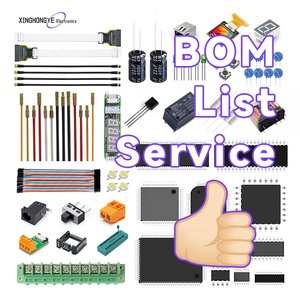






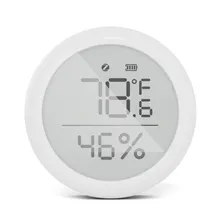
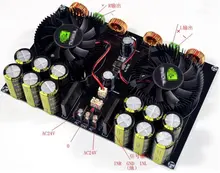
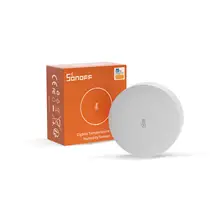




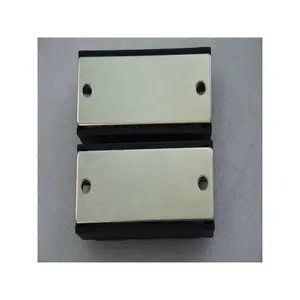


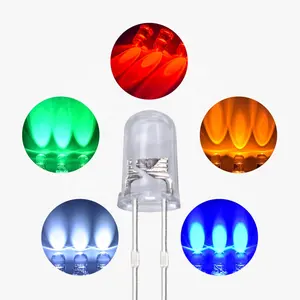
























 浙公网安备 33010002000092号
浙公网安备 33010002000092号 浙B2-20120091-4
浙B2-20120091-4